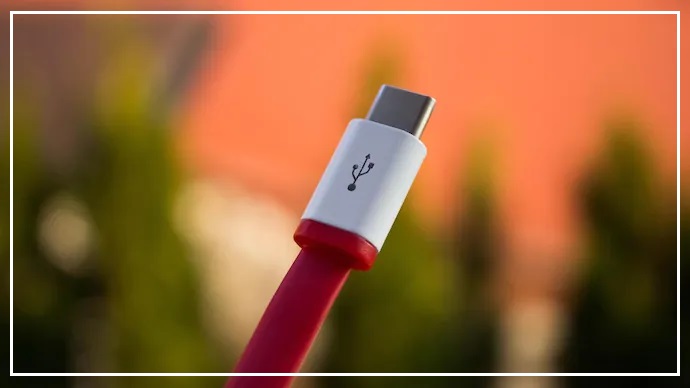There is good news for smartphone users in India.
The government on Monday said the Bureau of Indian Standards (BIS) had introduced quality standards for three electronic devices – digital television receivers,
USB Type-C chargers, and video surveillance systems (VSS). This will benefit the users of all these devices.
At the same time, it is expected to help the government’s campaign to reduce e-waste significantly.
The first of this Indian standard (IS/IEC 62680-1-3:2022) is for USB Type-C receptacles, plugs, and cables,
which will replace the existing standard IEC 62680, the Consumer Affairs Ministry said on Monday, according to news agency PTI. -1- Adopts 3:2022.
This standard calls for issuing uniform USB Type-C ports, plugs, and cables for various electronic devices such as mobile phones, laptops, notebooks, etc.
The government believes this will reduce the number of chargers per consumer, as users will no longer need to buy separate chargers every time they buy a new device.
It is central to reducing e-waste and moving towards sustainable development.
It will also help in furthering the mission of
Currently, users have to carry separate chargers for their own electronic devices,
which leads to additional expenses, increased e-waste, and many other inconveniences.
Countries around the world are working to address these issues.
In addition, the second Indian Standard (IS) 18112:2022 is for digital television receivers with built-in satellite tuners.
It is reported that the TVs manufactured under this will be able to show free-to-air TV and radio channels by connecting a dish antenna with LNB.
Currently, TV viewers in the country must buy a set-top box to watch various paid and free channels.
Viewers must also use a set-top box to watch free-to-air channels (non-encrypted) broadcast by Doordarshan,
but this will not be the case after implementing the new standard.
The third standard is for “Video Surveillance System (VSS),” which adopts the international standard IES 62676 series.
It provides a detailed outline of all aspects of a video surveillance system, such as the required camera devices, interfaces, system requirements, and tests for image quality.
